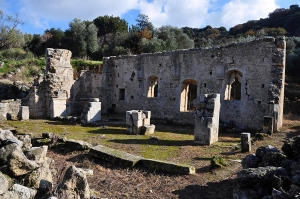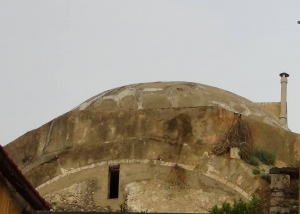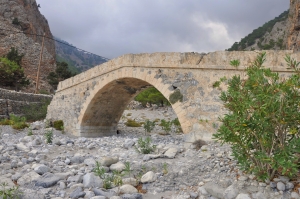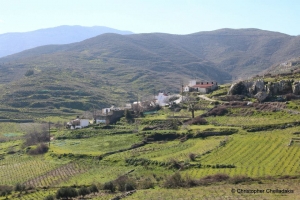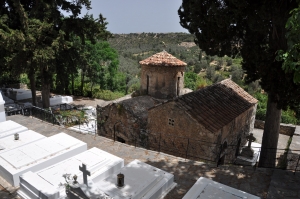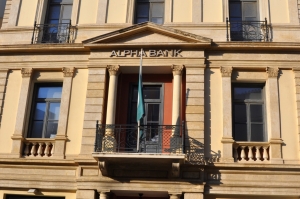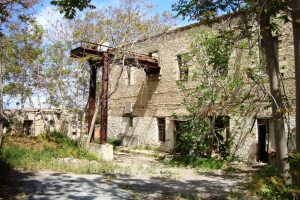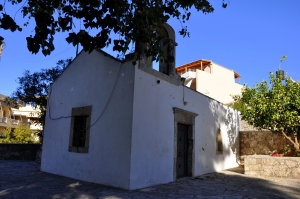The ruined monastery of St. Anthony at location Petali was one of the finest religious monuments that patiently awaits its restoration. Here we discern the destroyed two-aisled church that was dedicated to the Virgin Mary and St. Anthony. The south wall, the only one still standing belongs to the nave of St. Anthony.
The church of Saint Onuphrius is located in the central market of Heraklion and is completely unknown as it is trapped by various shops of the streets 1866, Tsikritzi and Evans. Today one can see its dome from the market of 1866 street or the roofs of the adjacent buildings, while access to the interior of the church is only possible through Toulis bakery.
Near Agia Roumeli there are two arched stone bridges. Here we see a Venetian stone arched bridge that has been secluded in the stream, with both of its sides destroyed. We can still discern a auxiliary arch which has been filled by the debris of the river. There is another smaller bridge a few meters to the north.
At the range Asterousia to the south of Heraklion prefecture and just before reaching the village Paranymfi and the waterfall of Ambas we meet Amigdalos. The name of the village (almonds in Greek) is taken after the wild almond trees around. Amygdalos was a separate village to Paranymfi but due to the very short distance they seem like two neighborhoods of the same village. Today it has a few elderly residents and remains almost deserted.
The double church of the Transfiguration of Christ and Saint Anne is located in the cemetery of the village Ancient Eleftherna. The original church of the 10th century bears frescoes of the 12th century, has a dome and was built on the ruins of an older temple of the 6th century.
An excellent example of the late Neoclassicism is the building known as «Mavraki House», property of the «Alpha Bank». It was probably erected in the second decade of the 20th century in the neighbourhood Retzep Agha no. 167 street, which a little later was called Sfakion street. The first owner Zaharias Ieronymakis bequested it in 1921 to his son Heraklis Ieronymakis who sold it to Emmanouil Pantelakis.
The derelict flour mill of Kastrinakis is located within the Municipal Parking of Heraklion and has been declared as a protected monument since 1997, awaiting patiently for its restoration. The land was purchased by Nikolaos Kastrinakis in 1896 and in 1904 he built the initial flour mill and the furnaces.





